|
I think it was around 2007 when I became involved in a program for teen parents in a high school in Waterbury, CT, which had the highest rate of teen pregnancy in CT. I first showed up to donate all my baby stuff, including a crib, as I knew I was two-and-done. Marie, the woman who had started the program, described herself as a Catholic feminist. Deeply devoted to her religion, she had a larger-than-life personality as she mothered these children who were having children and urged them to love their babies while finishing their education. Marie and her husband never had children of their own. She showered these teen parents with unconditional love and acceptance, staunchly defended this school-based program designed to support teen parents and keep them in school, against its detractors who insisted it promoted teen pregnancy, and did her best to prevent shaken baby syndrome and stop the multigenerational cycle of teen pregnancy in these kids’ families. She provided a safe haven for teens, but she also provided a source of connection I was yearning for at the time. My mother had died in 2004 and Marie in many ways became a mother figure for me. I went to the program 3 mornings a week and mentored these young moms in parenting, wellness, and I taught them some photography. Some of these girls invited me to their homes, and one even asked me to photograph her birth (I did). I loved going to the program, as I felt like I was making a difference, and being with these kids provided me another type of connection I needed - maybe it was to be with others who felt like misfits, maybe it was to be in a room where there was no hiding from the fact that life is hard. But as the pregnant girls became younger (middle schoolers were now coming in), I felt compelled to do something to prevent girls from heading down this extremely hard path in life. I was training for my first Ironman triathlon. The teen moms were in awe of me. Many couldn’t swim, some were never taught to ride a bike. I thought, if I could help kids become triathletes, they will learn to have a healthy relationship with their body, so not only will they respect themselves more, but they will be more likely to demand respect from others. They will learn about goal-setting, and a side effect of working toward and reaching their goals will be increased self-confidence and self-esteem. They will break out of identity molds they have adopted because these have been passed down from previous generations and are normalized in their community. Yes, I was perhaps overly simplistic and very idealistic. But then one day I came across a small blurb in a Triathlete magazine about a camp in Washington, DC, that was training urban kids for 6 weeks in the summer, for free, to become triathletes. I immediately looked it up online, and long-story-short, the next summer (2010), we started the first ACHIEVE Kids Triathlon program at the YMCA in Waterbury, CT. The first two weeks were, to put it mildly, incredibly difficult. I was the Head Coach and I had hired 4 assistant coaches. I was a certified Triathlon Coach, had finished numerous triathlons including an Ironman (2.4 mile swim, 112 mile bike, 26.2 mile run) and qualified for Nationals a few times. I had 2 kids (at the time ages 6 and 9). But I was grossly unprepared for the task. We had 25 kids register, and they were an extremely diverse group: kids from my suburban town, kids from underserved areas of Waterbury, homeschooled kids. One girl, “Sofia,” age 11, had been in 9 foster homes in the previous 2 years, and didn’t know how to swim and was extremely withdrawn and defensive. “Juan,” age 10, dropped f-bombs freely, and if anyone so much as touched him accidentally in the hallway going from the breakfast room (they got 2 meals a day with us) to the gym, he immediately went into fight mode (physically). The homeschooled kids had never heard an f-bomb, and their parents started pulling me aside at drop-off time, concerned about the language their kids had heard, and concerned that the food we provided (it was provided by the town, same service the schools received) wasn’t healthy enough. I often thought to myself, “Who do I think I am? I have no business doing this! I need a social worker here, how will we ever train these kids to be triathletes??” At the time, I didn’t know about Adverse Childhood Experiences (ACES) and trauma, or about how trauma affects a person’s “sensitivity setting” to perceived threats in their environment. If I had known what I know now, I would have understood that Juan needed to understand why he was being so reactive and aggressive, and taught some breathing and grounding skills to bring his brain back to a more prosocial setting. I asked my friend Lisa, an experiential educator who specialized in working with “at risk” youth, to come in and spend a morning with us in week 2 of the 6-week program. At the end of the morning, she pulled me aside. “Susanne, this is crazy. You really have your work cut out for you. Sorry.” And then, the magic started to happen. The kids started to not only get along, but they fell into organic mentorship relationships. The more confident athletes started helping the weaker ones. Sofia started connecting with some of the other kids, who cheered her on as she finished her first lap across the pool. At some point, I felt I had shifted from “on-the-fly-social-worker” to triathlon coach. My friend Lisa came back on week 6 and she was amazed. She pointed out that Sofia was no longer “a scared little bird” but was focused and self-confident. After 6 weeks we held a USA Triathlon-sanctioned triathlon just for the ACHIEVE kids. I will never forget the image and the feelings as we witnessed all of the kids running with and behind “Marcus,” who had fallen off his bike, gotten pretty banged up, but refused to quit. He was the last official finisher, but he crossed that finish line with all of his fellow athletes. There wasn’t a dry eye in the place. Around this time, I had come across the book The Last Dropout by Bill Milliken. It intrigued me, as it was about a program that prevented kids from dropping out of school. I started reading and couldn’t put it down. As soon as I finished it, I sent the author an email, telling him about the work I was doing in Waterbury with the pregnant teens and the triathlon program, and how much I enjoyed reading his book and found his program, Communities in Schools (CIS) compelling and could they please start one in CT? I didn’t get a response, but two weeks later, my phone rang - it was Bill Milliken himself. Our conversation was the beginning of a wonderful friendship. I have since visited a few CIS schools and support CIS as much as I can. What CIS does, in a nutshell, is they are invited into a school by the superintendent and administrators. They work with the local leaders to identify what the greatest needs are, and then they work to build relationships and connect the children and families with the needed resources. One site I visited, in Las Vegas, had a clinic at the elementary school. A doctor attended to students and their families, and graduate students in a local social workers program met with students every week. A closet was filled with backpacks, so any child who needed it could stop by on Fridays and pick up a backpack for the weekend, full of food that even a kindergartner could prepare. Students who needed tutoring but whose parents were unable to pay for tutoring or get them across town to tutoring, would receive help from tutors who came to the school.
The more I learned about CIS, the more I became convinced that this is what we need. The CIS Site Coordinator (SC) has his/her finger on the pulse of the school. The SC knows which kids are going under the radar, who’s in trouble, and works not only build a relationship with these kids and their families, but also to identify how best to meet their needs with community resources. I have been to numerous CIS events, including the premiere of this wonderful new documentary about CIS, and I hear over and over how “CIS saved my life,” and “I will never again take a teaching job at a non-CIS school.” CIS transforms lives, school culture, and communities. Currently, CIS is in 25 states and D.C. This week, there was another school shooting that hit too close to home. My son is in college at the University of Michigan, and he called us to tell us there was an ongoing shooting situation at Michigan State, an hour away. He has friends at Michigan State, and had made sure they were safe and was getting updates from them on the situation. He found out the next day that one of the 3 students who had been killed (Brian) was a good friend of some of his friends. I found out that one of the other students (Alex) was the daughter of one of the women in a Facebook prayer group I am in. In 2012, when the Sandy Hook Elementary School shooting happened, we lived in the town next door. The devastation of these acts of senseless violence reverberates throughout communities and persists. People react with anger, calling for tighter gun laws, calling for better mental health programs, and pointing to the consequences of lenient DA’s who release criminals. Social media becomes a shouting match of who can condemn and blame the loudest. Rightfully so, and certainly, change needs to occur in all of these areas. But I think of my experiences with ACHIEVE, which is now Race4Chase, in honor of Chase Kowalski, who was a 6-year-old triathlete killed at Sandy Hook Elementary School. Race4Chase is now at 29 locations in a few states, each summer connecting kids ages 6-12, teaching them new athletic and life skills, building bridges across diverse communities. I think of CIS, where its heroic staffers are undoubtedly preventing violence, including suicide, as they build relationships with the misfit kids who have felt unseen, unheard, whose parents may not be able to provide the support they need. We live in an increasingly divided and polarized world, and as I say to many of the kids I work with who struggle with anxiety, depression, eating disorders, self-harm, aggression, neurodiversity, etc. - it is no wonder they aren’t feeling so great about the world, their future or themselves. “It is no measure of health to be well-adjusted to a profoundly sick society.”Jiddu Krishnamurti As someone who is hopeful, sees opportunity in crises, and embraces a growth mindset, I look at where we are today with all of these school shootings and the constant reports about declining mental health in our canaries in the coal mine (kids), and I immediately become solution-focused. I believe that if we had CIS in every community, we would cut down on so many of the issues we are seeing today in kids, families and communities. I also believe that if we had Race4Chase in every community, and even better, a version of it that was not just a summer program, but that was connected to schools and year-round, we would have more physically active kids, who experience the joy of moving our bodies the way we were created to move, and engaged in helping others work toward their goals. A solution to many of our social problems does not require legislation, a ton of funding, a belief in any ideology or politics. It does not really require reinventing the wheel. Expand these existing programs, maybe even connect them - and empower kids and families and communities to create much-needed change.
2 Comments
4/7/2023 05:46:19 am
If you’re ready to put your collection to the test, keep scrolling!
Reply
4/7/2023 05:46:42 am
That’s why we’ve put together a handy guide to identifying fake crystals, plus what it’s like working with heat-treated and synthetic varieties.
Reply
Leave a Reply. |
Susanne NavasWellness coach, athlete, mom, entrepreneur. I love helping people mindfully reboot their health & joy. Archives
February 2023
Categories |
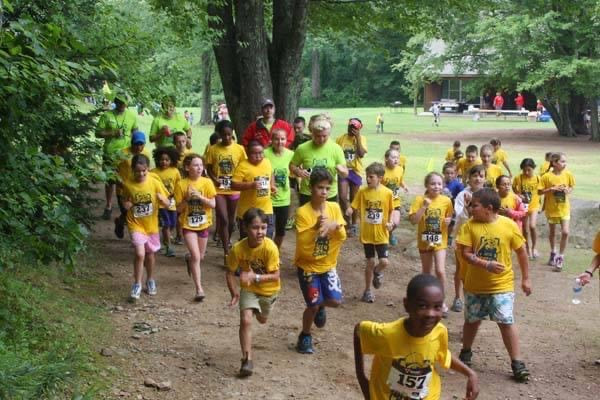
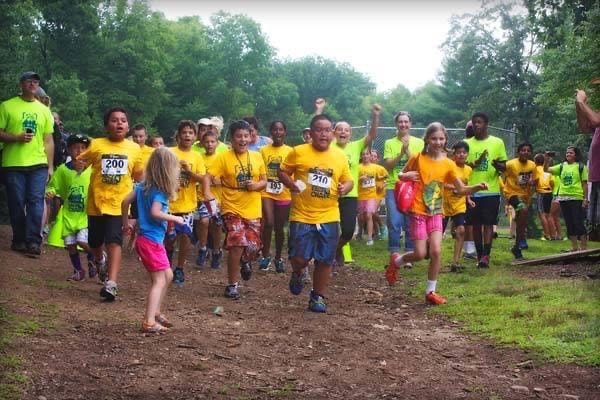
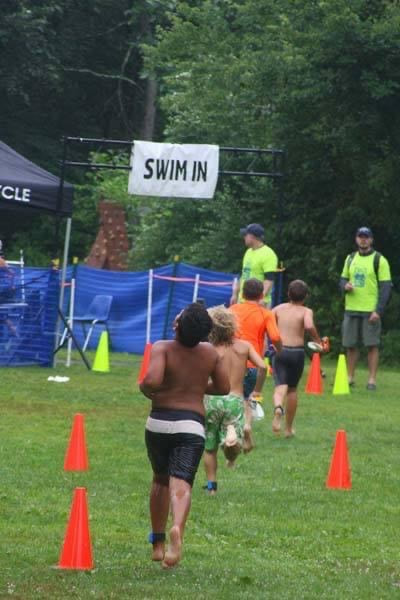
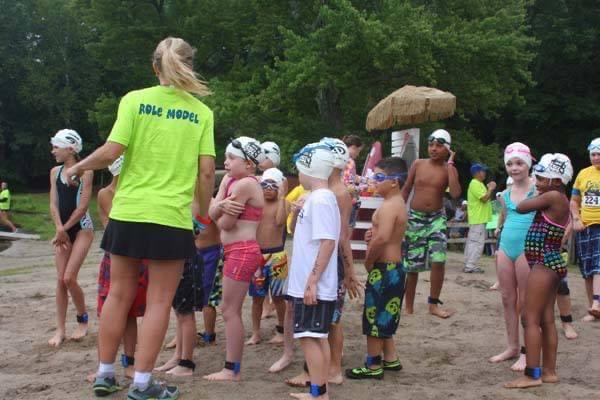
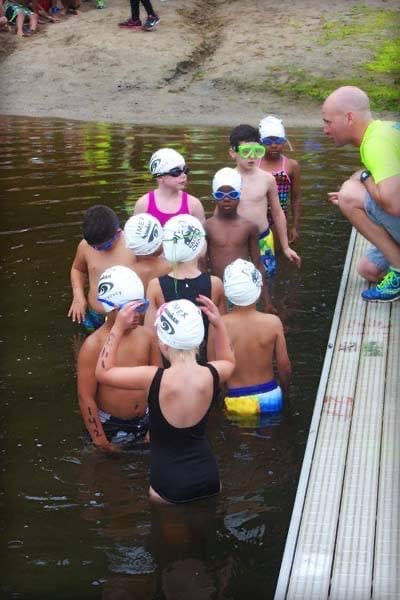
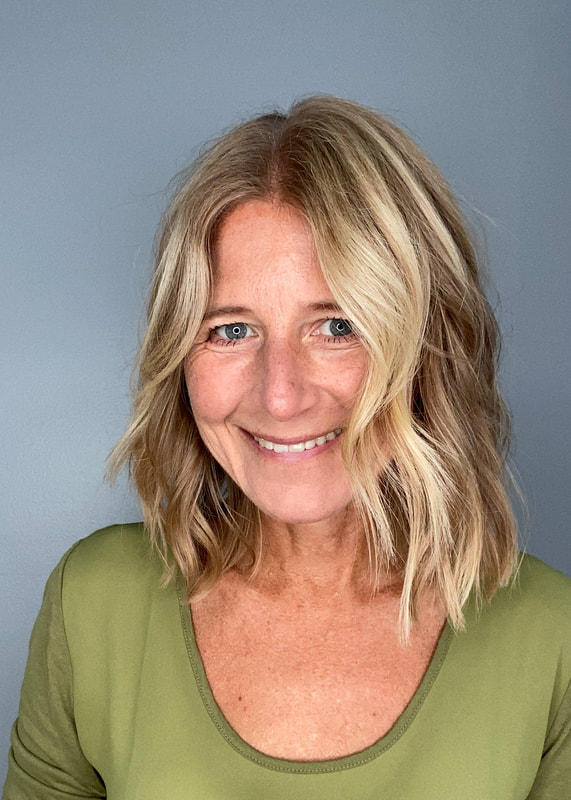
 RSS Feed
RSS Feed